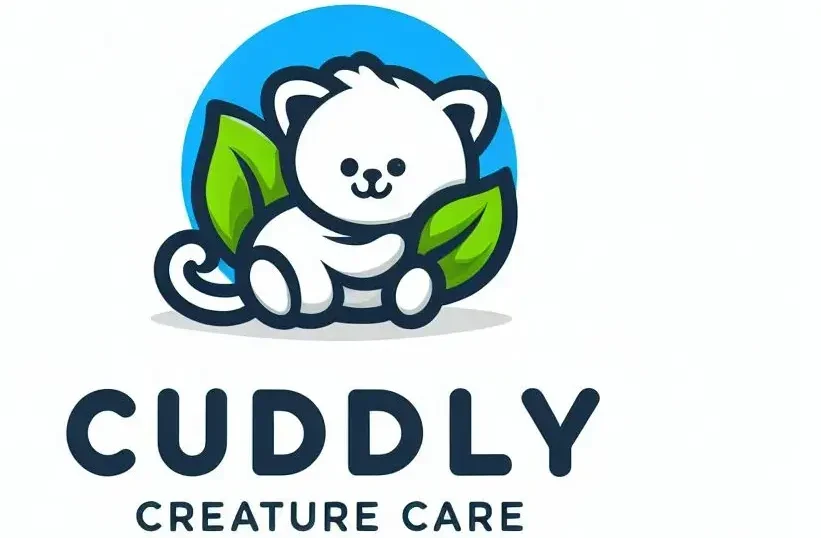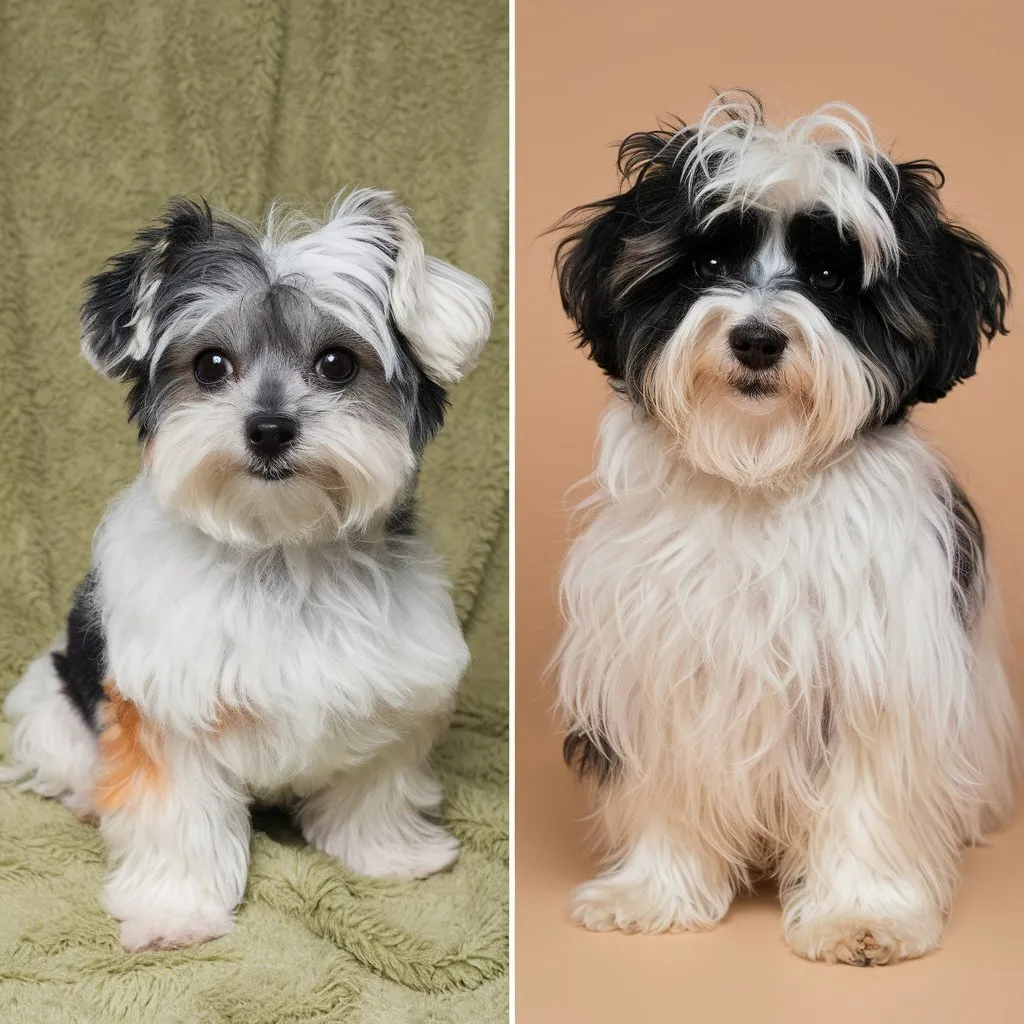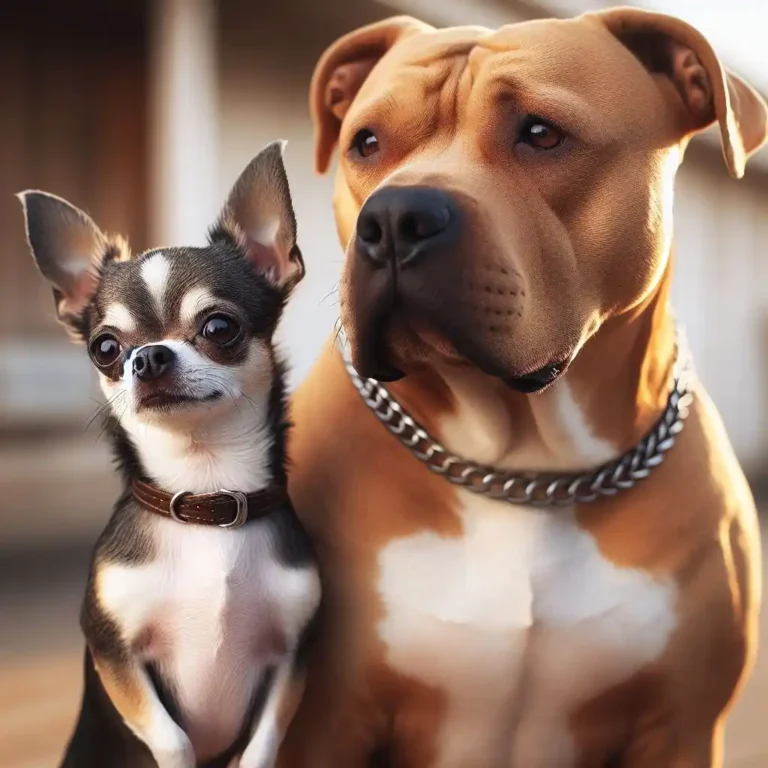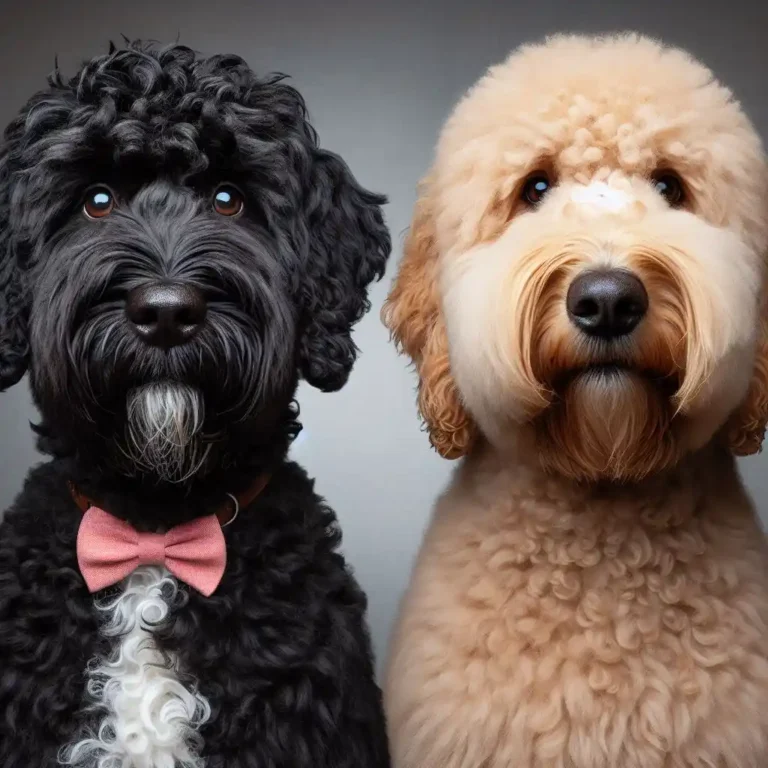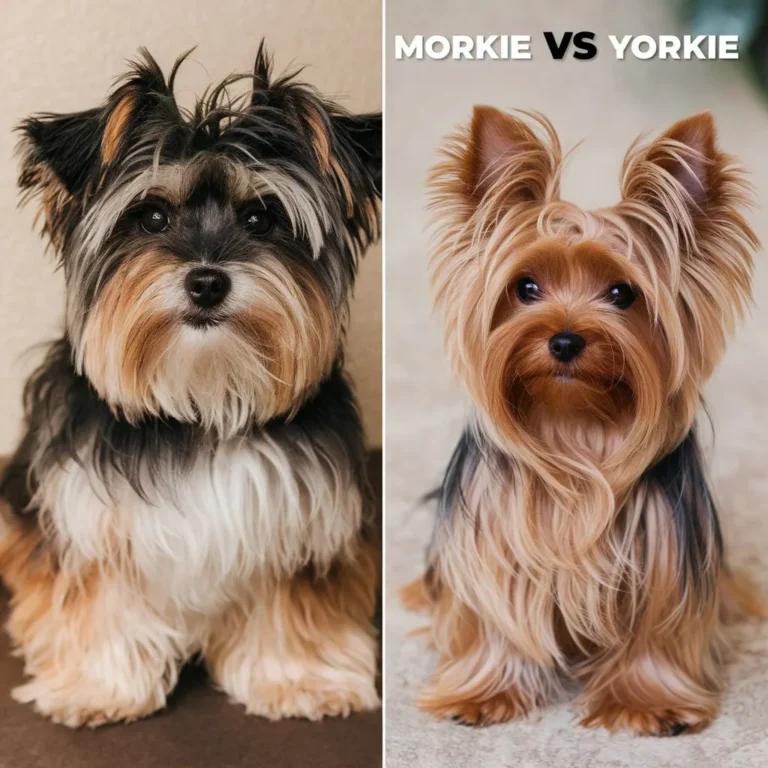Maltipoo Vs Cavapoochon: Which Breed is More Intelligent, Loyal, and Loving?
As you consider bringing a new furry friend into your family, you’re likely weighing the pros and cons of two popular hybrid breeds: Maltipoos and Cavapoochons. Both breeds boast endearing qualities, like intelligence and affectionate nature, but what sets them apart?
You’ll want to know how their unique characteristics, from grooming needs to energy levels, will impact your daily life. For instance, are you prepared to commit to regular grooming sessions or would you prefer a low-maintenance coat?
As you navigate these vital differences, you’ll soon discover which breed is the perfect fit for you – but first, let’s take a closer look.
In a Nutshell
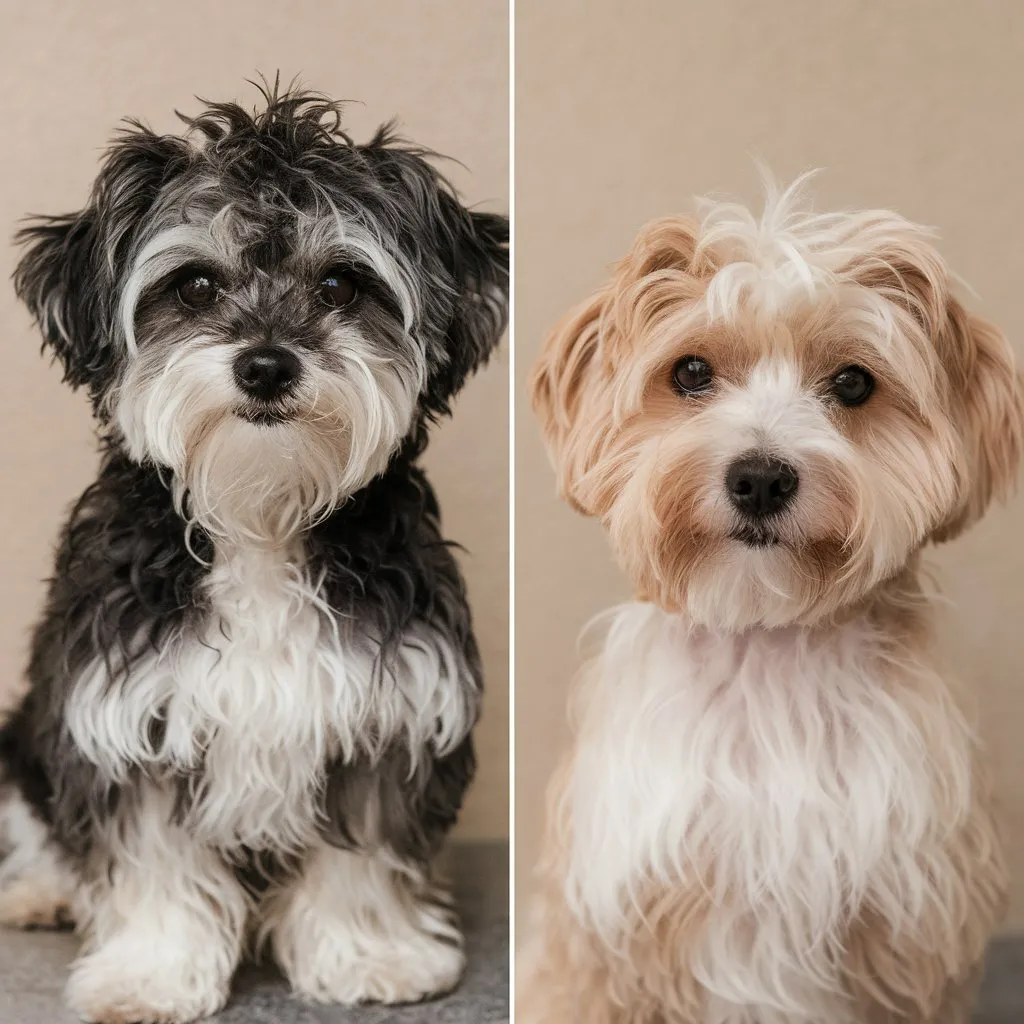
- Maltipoos are smaller, weighing 4-10 pounds, while Cavapoochons weigh 10-20 pounds, with differences in growth patterns and paw size.
- Coat texture and grooming needs differ, with Maltipoos having a soft, silky coat and Cavapoochons having a curly, wavy coat prone to matting.
- Both breeds are intelligent and trainable, but Maltipoos are easy to train, while Cavapoochons respond well to positive reinforcement and consistent training.
- Energy levels are similar, with both breeds requiring regular exercise, but Maltipoos need shorter, gentler play sessions, while Cavapoochons need more intense playtime.
Origins and Parent Breeds

As you dig into the world of Maltipoo and Cavapoochon breeds, you’ll discover that their origins are rooted in crossing purebred dogs. Both Maltipoo and Cavapoochon breeds originated from crossing purebred dogs, with the Maltipoo being a cross between a Maltese and a Poodle, and the Cavapoochon resulting from breeding a Cavalier King Charles Spaniel with a Bichon Frise and a Poodle.
Understanding the breeding history of these hybrid breeds is vital, as it profoundly influences their characteristics, traits, and temperaments.
The purebred influence of the Maltese, Poodle, Cavalier King Charles Spaniel, and Bichon Frise has resulted in unique characteristics that set Maltipoos and Cavapoochons apart from other breeds.
The importance of breeding history can’t be overstated, as it has a direct impact on the health, appearance, and behavior of these dogs.
As you explore the world of Maltipoos and Cavapoochons, you’ll come to appreciate the importance of their purebred heritage and how it has shaped their breed standards. By recognizing the importance of breeding history, you’ll be better equipped to make informed decisions when it comes to choosing the right breed for you.
Size and Weight Comparison

When comparing the size and weight of Maltipoos and Cavapoochons, you’ll want to ponder their height, weight range, and size variance.
You’ll notice that both breeds can differ substantially in these areas, depending on their lineage and individual characteristics.
Height Comparison
You’ll notice that both Maltipoos and Cavapoochons are relatively small breeds, with the Maltipoo typically standing between 8 and 12 inches tall at the shoulder, while the Cavapoochon usually reaches a height of 10 to 13 inches.
When it comes to paw measurement, Maltipoos tend to have smaller paws compared to Cavapoochons. This is due to their growth patterns, as Maltipoos tend to grow more slowly and steadily, while Cavapoochons experience a rapid growth spurt during their first year.
| Breed | Height Range |
|---|---|
| Maltipoo | 8-10 inches |
| Cavapoochon | 10-11 inches |
As you can see from the table above, both breeds have a similar height range, but the Cavapoochon tends to be slightly taller on average. This is important to ponder when deciding which breed is right for you, especially if you have space constraints in your home.
By understanding the height comparison between Maltipoos and Cavapoochons, you can make a more informed decision about which breed is the best fit for your lifestyle.
Weight Range
When it comes to Maltipoos, they typically weigh between 4-8 pounds (1.8-3.6 kg), with some individuals reaching up to 10 pounds (4.5 kg). Cavapoochons, on the other hand, usually weigh between 10-18 pounds (4.5-8.2 kg), with a few reaching up to 20 pounds (9 kg).
This is imperative to monitor their weight to verify they’re within a healthy range, as excess weight can lead to various health issues.
Establishing a suitable puppy feeding schedule is vital in maintaining an ideal weight. You should also invest in ideal weighing scales that can accurately measure your pet’s weight.
Regular weigh-ins will help you identify any weight-related issues early on, allowing you to make adjustments to their diet and exercise routine as needed.
Size Variance
Considering the notable differences in height and weight between Maltipoos and Cavapoochons, vitally, one must understand how these size variations affect their overall appearance and care requirements.
You’ll notice that Maltipoos typically stand between 8-12 inches tall, weighing 4-8 pounds, while Cavapoochons range from 10-14 inches in height and 10-18 pounds in weight.
These disparities in size markedly influence their body proportion and growth patterns.
When evaluating size variance, it’s essential to ponder body proportion: Maltipoos tend to have a more compact, square-shaped body, whereas Cavapoochons have a longer, more athletic build. This affects their overall appearance and mobility.
Growth patterns are also affected, as Cavapoochons tend to grow more rapidly than Maltipoos, reaching their full size within 6-8 months. Maltipoos, on the other hand, take around 12-18 months to reach their full height and weight.
Care requirements differ as well, with larger dogs like Cavapoochons requiring more exercise and space, while smaller Maltipoos need more attention to their delicate joints and potential health issues.
Coat Types and Grooming Needs

As you consider bringing a Maltipoo or Cavapoochon into your home, you’ll want to think about the coat types and grooming needs of each breed.
You’ll notice that both breeds have varying coat lengths, which affect their shedding levels and grooming frequency needs.
Coat Length Differences
Maltipoos and Cavapoochons exhibit distinct coat length differences, which substantially impact their grooming needs. These differences not only affect how often you need to brush their coats but also the type of products you’ll use.
When it comes to Maltipoos, they typically have a shorter, easier-to-maintain coat that requires less frequent grooming.
On the other hand, Cavapoochons have a longer, curlier coat that demands more attention.
Some key differences to ponder:
- Coat texture variations: Maltipoos have a soft, silky coat, while Cavapoochons have a curly, wavy coat that can be prone to matting.
- Daily brushing routines: Cavapoochons require daily brushing to prevent matting and tangling, whereas Maltipoos can get by with 2-3 times a week.
Understanding these coat length differences will help you determine the best grooming approach for your furry friend, ensuring they look and feel their best.
Shedding Levels Compared
By examining the shedding levels of Maltipoos and Cavapoochons, you can better understand the specific coat types and grooming needs that come with each breed.
Maltipoos, being a cross between a Maltese and a Poodle, tend to have a low-shedding coat, making them suitable for those with allergies. Their fur texture is soft and silky, with a single-layer coat that requires minimal shedding.
On the other hand, Cavapoochons, a mix of Cavalier King Charles Spaniel, Poodle, and Bichon Frise, have a moderate-shedding coat. Their fur texture is curly and hypoallergenic, but they do shed slightly more than Maltipoos.
In terms of coat color varieties, Maltipoos come in a range of colors, including white, black, silver, and apricot.
Cavapoochons, on the other hand, have a more limited color palette, with most being white, black, or tan.
Understanding the shedding levels and coat characteristics of each breed can help you decide which one is best suited to your lifestyle and needs.
Grooming Frequency Needs
Given the distinct coat types of Maltipoos and Cavapoochons, you need to ponder their specific grooming frequency needs to maintain their overall health and appearance.
As a responsible pet owner, it’s vital to establish a grooming routine that suits their unique coat characteristics.
For Maltipoos, their silky, hypoallergenic coat requires daily brushing to prevent matting and tangling, weekly trimming to maintain a neat appearance, and monthly baths to keep their coat clean and shiny.
On the other hand, Cavapoochons have a curly, non-shedding coat that demands weekly brushing to prevent knotting and tangling, bi-weekly trimming to maintain a neat appearance, and quarterly baths to keep their coat clean and healthy.
Temperament and Trainability

When it comes to temperament and trainability, both Maltipoo and Cavapoochon breeds exhibit unique characteristics that can affect their ability to adapt to your lifestyle and respond to training. As a potential owner, understanding these traits is crucial to guarantee a harmonious relationship with your pet.
| Trait | Maltipoo | Cavapoochon |
|---|---|---|
| Friendliness | Extremely friendly and affectionate | Friendly, gentle, and outgoing |
| Intelligence | High intelligence, easy to train | High intelligence, responds well to positive reinforcement |
| Energy Level | Moderate energy level, needs regular exercise | Moderate energy level, requires daily activity |
| Trainability | Responds well to early socialization and consistency | Thrives on positive reinforcement and consistent training |
| Sensitivity | Sensitive to criticism, requires gentle correction | Sensitive to tone and criticism, needs patient training |
Energy Levels and Exercise Requirements

Your Maltipoo or Cavapoochon’s energy levels and exercise requirements will substantially impact your daily routine and living situation.
As a responsible pet owner, it’s vital to understand their needs to guarantee a happy and healthy relationship.
Both Maltipoos and Cavapoochons are considered low-to-moderate energy breeds, but they still require regular exercise to stay happy and healthy.
Short, frequent walks are beneficial for both breeds, consisting of 10-15 minute walks, 2-3 times a day, to keep them active and engaged.
Maltipoos tend to enjoy shorter, more gentle play sessions, while Cavapoochons are more energetic and may require longer, more intense playtime.
Both breeds can adapt to indoor living, but they still need opportunities for exercise and mental stimulation, such as puzzle toys or scent games, to prevent boredom and destructive behavior.
Health Issues and Life Expectancy

As you consider bringing a Maltipoo or Cavapoochon into your life, it’s equally important to understand their potential health issues and life expectancy to guarantee you can provide the necessary care and commitment.
Both breeds are prone to certain health issues, primarily due to their genetic predispositions. Maltipoos are more susceptible to eye problems, such as progressive retinal atrophy and cataracts, which can lead to vision loss if left untreated.
Cavapoochons, on the other hand, are more prone to patellar luxation, a condition where the kneecap slips out of place. They can also inherit eye problems from their Cavalier King Charles Spaniel parent.
Crucial to work with a reputable breeder who health tests their breeding stock to minimize the risk of inherited conditions.
With proper care and attention, Maltipoos typically live between 10-15 years, while Cavapoochons can live up to 12-15 years.
Family Dynamics and Socialization

Both Maltipoos and Cavapoochons thrive in families that provide stable, loving environments and prioritize early socialization to help them develop into well-adjusted, confident companions.
As you consider bringing one of these breeds into your family, verifying that your household dynamics align with the needs of your new pet is crucial.
You’ll want to assess your family’s ability to provide a consistent routine, as both breeds benefit from predictable schedules and clear boundaries.
This is especially important for sibling harmony, as a well-structured environment helps reduce conflicts and promotes a sense of calm.
Some key considerations include:
- Establishing a regular daily routine that includes dedicated time for exercise, training, and play
- Setting clear boundaries and rules for interactions with your pet
Noise Levels and Barking Tendencies

Maltipoos and Cavapoochons differ substantially in their noise levels and barking tendencies, with the former being generally quieter and less prone to excessive barking.
As you consider bringing one of these breeds into your life, this is vital to understand their bark triggers and vocalization styles.
Maltipoos tend to bark less frequently, usually reserving their vocalizations for essential alerts, such as alerting you to potential threats or expressing excitement. Their barks are often high-pitched and short-lived.
Cavapoochons, on the other hand, are more prone to barking, often triggered by external stimuli like noises, strangers, or separation anxiety. Their barks can be louder and more persistent, requiring consistent training and socialization to manage.
If you value a quieter living environment, a Maltipoo might be the better fit. However, if you’re willing to invest time in training and don’t mind a more vocal companion, a Cavapoochon could thrive in your care.
Cost and Maintenance Comparison

When calculating the total cost of ownership, you’ll find that Maltipoos and Cavapoochons have distinct differences in their maintenance requirements and associated expenses. As a potential owner, it’s vital to ponder these factors to guarantee you’re prepared for the financial responsibilities that come with bringing one of these furry friends home.
Grooming costs differ significantly between the two breeds. Cavapoochons require more frequent grooming sessions due to their curly, non-shedding coat, which can add up to $500-$700 per year. Maltipoos, on the other hand, have a lower-maintenance coat that requires less frequent grooming.
Both breeds are prone to certain health issues, such as patellar luxation and eye problems. However, Cavapoochons may be more susceptible to inherited health issues from their Cavalier King Charles Spaniel parent, which can lead to higher veterinary bills.
Purchasing considerations should also be taken into account. Be aware of hidden expenses, such as spaying/neutering, microchipping, and vaccinations, which can add up quickly. Research reputable breeders and factor these costs into your overall budget to avoid surprise expenses.
Frequently Asked Questions
Can Maltipoo and Cavapoochon Dogs Be Left Alone During the Day?
You can leave your dog alone during the day, but consider daycare options to prevent separation anxiety. Crate training and exercise can also help, but a crucial step is to gradually acclimate your pet to alone time to avoid anxiety.
Do Maltipoo and Cavapoochon Dogs Get Along With Other Pets?
When introducing new pets, you’ll find that proper pet socialization is key to harmony in multi-pet households. With patience and consistency, you can help your furry friends coexist peacefully, regardless of breed.
Can Maltipoo and Cavapoochon Dogs Thrive in Small Apartments?
You can thrive in small apartments with urban living, optimizing space by selecting breeds that adapt well to compact environments.
Are Maltipoo and Cavapoochon Dogs Suitable for First-Time Dog Owners?
As a first-time dog owner, you’ll find that both breeds require attention to training needs and socialization challenges, but with patience and consistency, you can overcome these hurdles and enjoy a fulfilling relationship with your new furry friend.
Do Maltipoo and Cavapoochon Dogs Require Regular Veterinary Check-Ups?
You’ll need to commit to regular veterinary check-ups for your dog, ensuring adherence to vaccination schedules and health monitoring, as preventative care is key to a long, healthy life for your new companion.

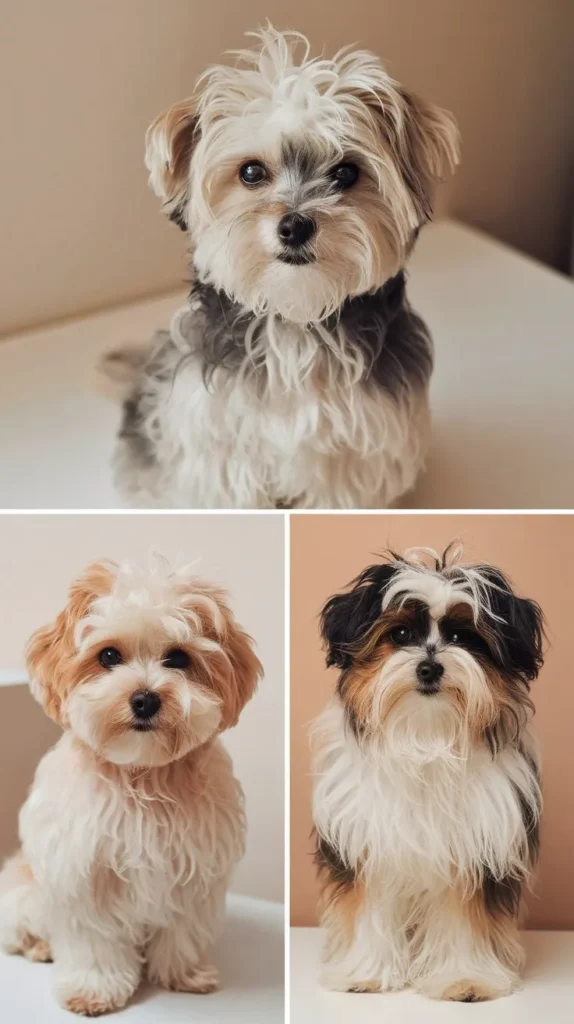








Hi, I’m Ella Frost, a devoted animal lover working at CuddlyCreatureCare.com. My passion for animals drives me to share my knowledge through comprehensive guides on animal care and rescue. I’m here to help you understand and care for your furry friends better.
